On the morning of December 14, 2012, artist and mother Scarlett Lewis got news of a school shooting at Sandy Hook Elementary in Newtown, CT. Her 6-year-old son Jesse and 19 other children died that day along with seven adults, including gunman Adam Lanza. Eyewitnesses say Jesse saved the lives of nine of his classmates telling them to “run now” when Lanza paused to load more ammunition. Jesse also left a personal message of hope for his mother and the world. Just days prior to the tragedy, Jesse wrote three words on his chalkboard at home: “Nurturing. Healing. Love.”
Scarlett used this message to work through her own grief. She started the Jesse Lewis Choose Love Foundation, which collaborates with professional educators to bring lasting meaning to Jesse’s murder by developing school-based educational programs to change our current culture of violence to one of safety, peace and love. Today, with support from friends and family, the former investment banker and her surviving son, J.T., travel the globe sharing Jesse’s message of love. Here, Scarlett talks to Red Typewriter about the healing process and how she’s kept her son’s memory alive by helping others.
RT: It’s been two years since you lost Jesse. How do you and your family remember him and honor his life?
SL: Jesse is buried just around the corner from our farm in an old cemetery, so I drive by there every day. People visit his gravesite and leave little presents and hang wreaths—it’s like a colorful little party in a somber graveyard. Jesse and I also shared a passion for painting. Recently I turned Jesse’s bedroom into my art room, and I’ve framed and hung many of his pictures around the house. My painting group friends and I also created a memorial mural for Jesse that now hangs on my barn facing the road. Jesse loved ducks and toy soldier,so there are 26 ducks in memory of those who died at Sandy Hook…We keep his memory alive and feel his presence in many ways, though his birthday, June 30, is an incredibly hard day. The first year we had a party with more than 1,000 people to honor the first responders at Sandy Hook and their families. There was a tent, a bouncy house and pony rides—it was amazing! This year it was a just a couple families and me and my older son, J.T. We all said a prayer and released 26 balloons with different messages. After the first year, the shock wears off and you realize, “This is forever.” You can never say, “This time last year I was with him.”
RT: You started the Jesse Lewis Choose Love Foundation as a way to change the culture of violence and celebrate the three words Jesse left you: “Nurturing. Healing. Love.” Can you tell us how this work is making an impact, especially in our schools?
SL: I get letters and emails and calls all the time from people who are choosing love and telling me how Jesse and his story changed their life…The foundation is currently collaborating on a compassion programs for schools with a focus on social/emotional development, gratitude and forgiveness. We’re also working on an afterschool program that includes bullies and those who are bullied. We want kids to recognize that their actions can come from their own pain and teach them how to address that pain in a more positive way. Then, as kids get older, there is empowering coaching for young adults. The idea is to reach seniors in high school…maybe kids like Adam Lanza, who don’t feel connected to school or have no plans after graduation. Maybe they are bullied and depressed. When we asked educators what they needed to help stop bullying and violence they talked about this specific thing. On that same level, we are also looking at Social Emotional Understanding (SEU) in the workplace. Teaching character values, emotional intelligence, moral awareness and mindfulness in school, at home, and in the workplace gives a consistent message of compassion and will be more impactful. We have to do something differently. Clearly the way we handle [bullying and violence in our schools] today is not working…We’ve had 90 school-related shootings since the Sandy Hook tragedy, and there is a shooting every four days. We have to turn this thing around and be supportive of all efforts to try and end violence in schools.
RT: In addition to your work on the foundation, are there other things that help you deal with what happened and bring you personal joy?
SL: After Jesse died and I was trying to deal with my grief and depression, the doctor suggested anti-depressants. I just didn’t want to go there and grieving for me is a sacred time and personal journey. So I have since tried an array of healing techniques that together seem to work for me: reiki, acupuncture, cranial sacral therapy, yoga, massage, Eye Movement Desensitization and Reprocessing (EMDR) and empowerment coaching. My coach, Judith, is actually on my Board of Directors now! I think it’s important to be open-minded to things like prayer, meditation and hypnosis. People offered these services to me and my family and I said, “OK I’ll try it.” My animals are also a great comfort to me. We have four dogs and two horses, plus a bevy of chickens. I’m outside twice a day feeding and being with the animals, and my [four-acre] farm is my peaceful haven. In addition to my own painting and art, people from all over have sent me their paintings of Jesse, which bring me comfort. I also go to the gym now and bring my Kindle along to read more books on social/emotional learning.
RT: We’re touched by the way your older son, J.T., dealt with Jesse’s death. Tell us about J.T. and his own work helping students in Rwanda.
SL: J.T. was 12 when his brother was killed. For several weeks afterward, he would not go to school. During this time he had the opportunity to Skype with some orphan genocide survivors from Rwanda who had heard about Sandy Hook and Jesse and reached out to J.T. During the call, they told him how sorry they were and shared some of their own personal stories about watching their family members die. They also told him that through gratitude, forgiveness and compassion they have healed and that he too would find joy again. That one communication turned everything around. He started his own foundation, Newtown Helps Rwanda, to give back to others around the globe. In a couple months he had raised enough money ($2,000) to send a student to college for a year. Then he raised money to help her family while she was at college. He has helped create self-sustaining fish ponds in Uganda. He helped twins with a terrible disease in Connecticut purchase a seizure alert dog for $25,000. He is also helping support an animal welfare organization in India. His transformation in last two years is amazing. Unfortunately he’s had to grow up a lot quicker than his classmates. His maturity and compassion are growing and it’s beautiful! We are now working together on a school program that duplicates his first Skype with the Rwanda kids, and connects others classrooms and students from around the globe so they can talk and learn from each other. In addition to philanthropy, J.T.’s passion is TV script writing, which is funny because we don’t have a TV. He thinks up his own shows and is even working with one of the co-creators of The Family Guy. I joke with him that I must give him a lot of material for the scripts.
RT: If you could tell Jesse something today about the difference his short life has made to others, what would you say?
SL: I believe he knows this already, but I’d tell him the dramatic way he died created a platform for his message of “Nurturing. Healing. Love.” to spread around the world and effect a beautiful change in so many people’s lives. I had a woman who read my book tell me that she and her daughter had been estranged for 20 years, and after she read Jesse’s story she called her and forgave her and it freed her. The power of those three words has helped me heal and go out and share them with others. Looking back, I realize Jesse had showed signs that he was going to live a short life. I still believe everything that happens has a reason and purpose. Jesse’s purpose was love.
To learn more about Lewis’s work, visit her foundation’s website or her Facebook page. Her book, Nurturing Healing Love, is available now.

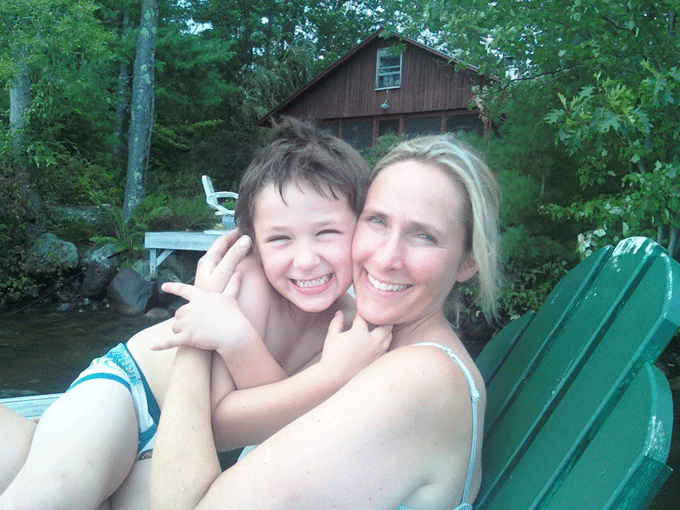
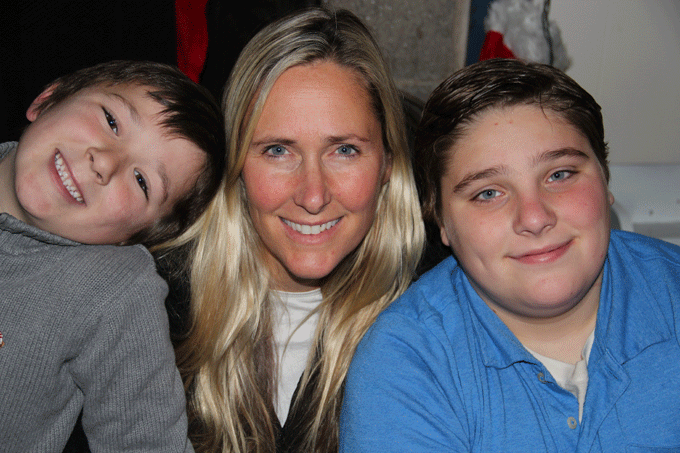

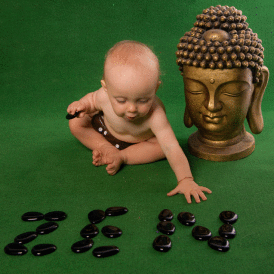







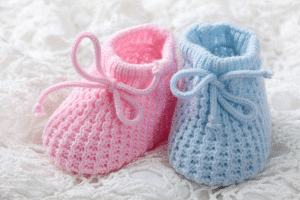
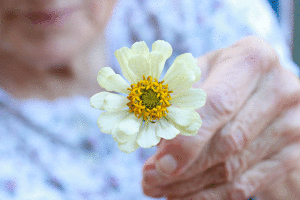















2015/01/22 at 11:56 am
I admire your courage and strength. I too have lost a child. You and your son are a wonderful example of courage and commitment to do good.
2015/01/22 at 12:04 pm
I have met Scarlett and her son J.T. at Heaven On Earth and she is wonderful. J.T. is an inspiration. I admire the both of them. Love is the answer
2015/01/22 at 1:54 pm
Thank you for speaking your TRUTH. LOVE is ALL that’s IMPORTANT <3